Dysmorphia is a term used in psychology to describe body image disorders. It is associated with a patient's dissatisfaction with their body, either in general or specific body parts. Body image is a mental representation of beliefs and feelings about the body, which can be conscious and unconscious.
Perception of one's own body includes the subjective experience of the body, its functions, and capabilities. Body image is a definition that indicates that human corporeality is essential to the formation of a sense of identity. Forming opinions about the body is a dynamic process involving patients' entire development path and their experiences in the body area.

Body image disorders are a common psychological problem and are often associated with other disorders. Body dysmorphic disorder BDD is classified as a somatoform disorder in the DSM-IV. BDD involves an excessive preoccupation with an imagined or exaggerated body defect, which is a source of distress and firmly withdraws from daily areas of functioning. Various causes can lead to dysmorphia. The disorder is diagnosed based on a group of symptoms. Various therapeutic methods are used to treat dysmorphic disorders.
Each of us has a formed perception of our own body in our mind. It is called body image![]() . An undistorted body image is healthy and does not cause negative experiences related to the body and its perception. Dysmorphia means that the body image in the patient's mind has become disturbed, causing adverse mental and health effects. Body image is formed throughout life. Body images have many aspects. The following are distinguished:
. An undistorted body image is healthy and does not cause negative experiences related to the body and its perception. Dysmorphia means that the body image in the patient's mind has become disturbed, causing adverse mental and health effects. Body image is formed throughout life. Body images have many aspects. The following are distinguished:

The cognitive aspect of body image indicates thoughts, beliefs, and perceptions about one's body. The mental aspect is the way you evaluate your body and what opinions you have about your body. Disorder of this aspect includes distorted thinking about the body. People with a cognitive body image disorder tend to notice only features they consider harmful. Memory is, therefore, selective, and the interpretation of facts is very subjective and specific. Usually, negative features are exaggerated, while positive ones are minimized. Body image opinion is often rigid and not easily changed.
The behavioral aspect refers to all attitudes and behaviors toward the body. Therefore, it means the actions we perform to change to improve our appearance. The behavioral aspect is aimed at achieving the goal of obtaining the desired appearance characteristics. Behavioral activities include dieting, physical activity, or surgery, among others. The behavioral aspect stems from the cognitive element, meaning that specific attitudes and experiences related to body image prompt one to perform particular actions. For example, a belief that one's body weight is too high prompts one to engage in physical activity to change one's current body image.
The emotional aspect, or attitudinal body image, indicates the feelings and emotions experienced about the body. It can be satisfaction or dissatisfaction with the physical appearance. In addition to this, it can also be fear of weight gain or other changes that we consider harmful. Experiencing negative emotions about the body reinforces cognitive errors that distort body image. This means that people who experience negative feelings about their bodies may see their bodies in a specific perspective that may not reflect reality – for example, people who are underweight but still consider themselves obese.
There is also a perceptual aspect, which indicates the subjective perception of the body's appearance, specifically the sizes and shapes of various body parts. A disorder in this aspect refers to a distorted idea of one's body. The subjective perception of the body is often overestimated, meaning that patients frequently indicate that they have larger body sizes than they do. With the help of mirrors or photographs, people can see images of their bodies close to their actual size. However, when patients have distorted perception, even the view of their body right in front of them in the mirror may be perceived differently.

All these aspects interact with each other to form the overall body image. This means that human physicality is essential to people and is closely related to the psyche. Body image is formed from birth when children learn about the world and its rules. How we perceive our bodies can be related to social and cultural influences and personal experiences. Various disorders can occur along this path, resulting in body dysmorphia.
The formation of an incompatible body image can have various causes. Among the factors that would explain the etiology of the phenomenon are:
In body image disorders, social influences are very often pointed to. This factor is considered particularly important, given the nature of current times and the role of physical attractiveness in the world. Canons of beauty![]() are constructed by society and are variable and subjective. A specific set of norms, standards, or benchmarks defines what is considered beautiful. These norms can relate to various aspects, such as physical appearance, body proportions, and color.
are constructed by society and are variable and subjective. A specific set of norms, standards, or benchmarks defines what is considered beautiful. These norms can relate to various aspects, such as physical appearance, body proportions, and color.
The canons of beauty can vary from country to country and across cultural differences. The prevailing canons of beauty are upheld in the media and present in the lives of everyone functioning in society. The scope of what is considered beautiful has a strong influence on the body image that is formed. If individuals focus mainly on features that deviate from the canon of beauty, they may develop a negative body image. This results in an excessive preoccupation with one's physicality and a fear of imperfections.

Body image, or physical appearance, which can be perceived, is more influenced by social factors. However, to a lesser extent, genetic contribution![]() can also influence body image. Potential causes of dysmorphophobia may be genes inherited from parents and related to their disorders. If dysmorphic disorder has run in the family, there is a greater chance of dysmorphia appearing in other family members. This, therefore, means that the presence of a mental disorder in the family increases the risk and susceptibility of family members to the same disorder.
can also influence body image. Potential causes of dysmorphophobia may be genes inherited from parents and related to their disorders. If dysmorphic disorder has run in the family, there is a greater chance of dysmorphia appearing in other family members. This, therefore, means that the presence of a mental disorder in the family increases the risk and susceptibility of family members to the same disorder.
Experiences have a powerful influence on how we perceive the world and ourselves. Especially early childhood experiences. The environment in which people grow up has a significant impact on their mental health. How parents raise and behave towards their children can predispose them to body dysmorphia.
This is especially true for children who have suffered negative childhood experiences and traumas. Even an excess of critical comments about appearance during adolescence can trigger later body image disorders. In addition to parental influence, body image can also be influenced by the opinions of peers, teachers, and others in the child's life.
Personal factors relate to personality traits and individual attitudes and behaviors. Case reports of people with body dysmorphia indicated similarities in personalities. Of particular importance is the presence of perfectionism. Perfectionism is the tendency to set unrealistically high functioning standards, including an inability to accept mistakes or imperfections. It can manifest in a preoccupation with appearance, often accompanied by an obsession with striving for the ideal. Perfectionism predisposes to the onset of body dysmorphia. In addition, low self-esteem has a significant impact on appearance-related disorders.
This type of factor is related to the structure of the brain. Perceptual errors and other aspects associated with dysmorphia can be influenced by frontal lobe dysfunction![]() . It houses the prefrontal cortex, used for decision-making and various elements related to emotion regulation. Thus, we can plan and select thoughts thanks to the frontal lobe.
. It houses the prefrontal cortex, used for decision-making and various elements related to emotion regulation. Thus, we can plan and select thoughts thanks to the frontal lobe.
Disorders in this area can be associated with problems with emotion regulation and also improper selection of information, which can lead to dysmorphia and other disorders. In addition, abnormal serotonin levels pose a risk of body dysmorphia. Serotonin has a strong connection with mood regulation. Its deficiency can cause depressive states, which are often associated with negative perceptions.
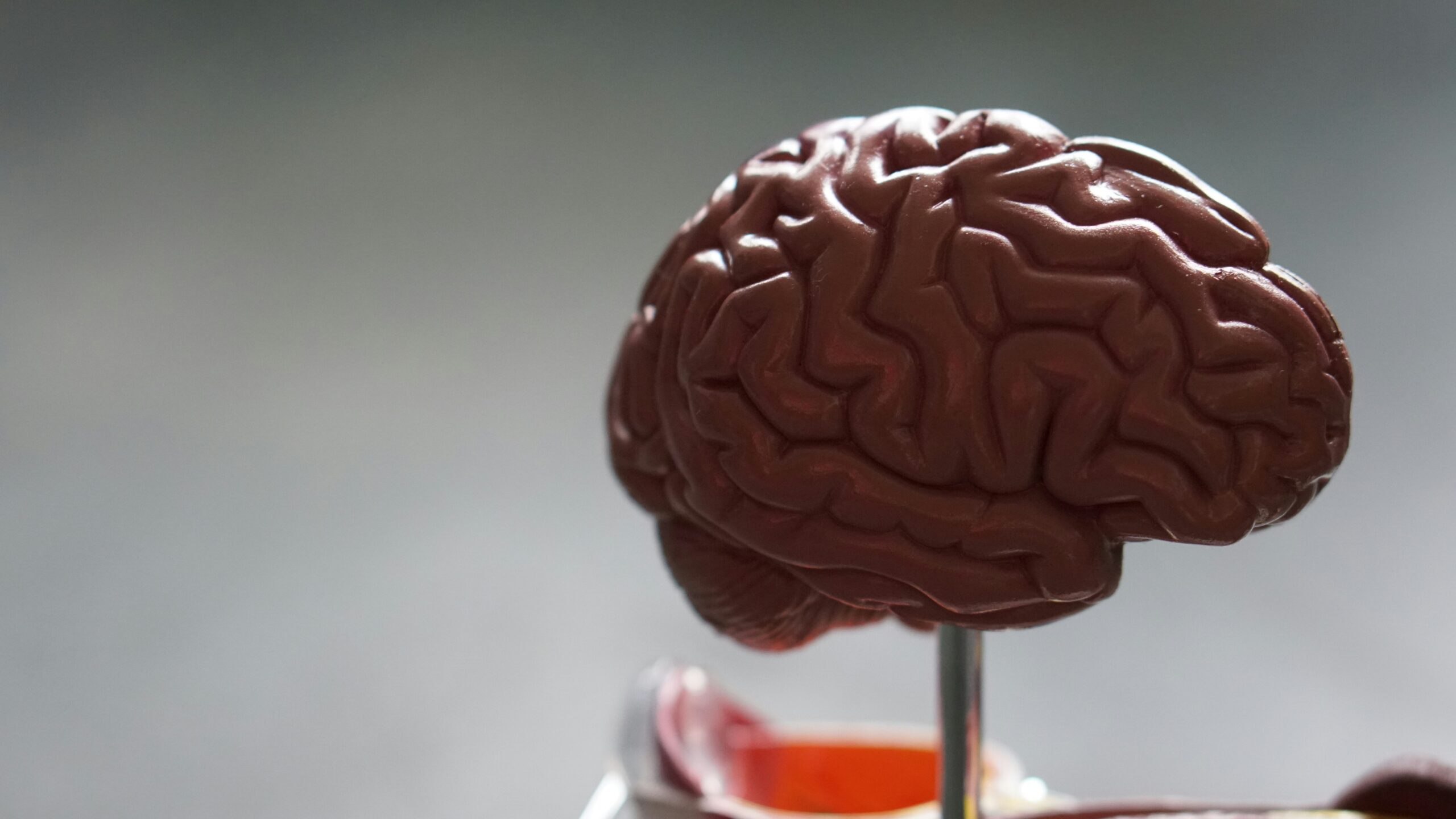
Body dysmorphia is a mental disorder whose main characteristic is constant dissatisfaction with body image. Body dysmorphia often develops in adolescents and young adults. Also, this disorder is more common in women than in men.
In the new edition of the American Psychiatric Association's classification of mental disorders – DSM-5![]() , body dysmorphic disorder belongs to obsessive-compulsive disorder. The diagnostic criteria for obsessive-compulsive disorder, according to DSM V, is the presence of obsessions, compulsive intrusive activities, or both. Body dysmorphia, which is a mental disorder, is diagnosed based on specific symptoms.
, body dysmorphic disorder belongs to obsessive-compulsive disorder. The diagnostic criteria for obsessive-compulsive disorder, according to DSM V, is the presence of obsessions, compulsive intrusive activities, or both. Body dysmorphia, which is a mental disorder, is diagnosed based on specific symptoms.
Here are symptoms that may indicate body dysmorphia:
People with body dysmorphia are not satisfied with their physical appearance. They perceive defects that they would like to change. Fundamental to BDD is that a negative body image affects daily functioning. Negative body perceptions, associated emotions, and behaviors, therefore, hinder essential aspects of life for patients with the disorder. Excessive preoccupation with physical appearance causes significant distress![]() or impairment in occupational, social, and other vital areas of functioning.
or impairment in occupational, social, and other vital areas of functioning.

People struggling with dysmorphia may be overly preoccupied with defects![]() in their bodies, which are unnoticed or perceived as minor by others. Sometimes, it even happens that the defect perceived by people with dysmorphia does not exist at all. Defects in external appearance evoke strong emotions in patients, as they are convinced that the defects they see are highly unattractive.
in their bodies, which are unnoticed or perceived as minor by others. Sometimes, it even happens that the defect perceived by people with dysmorphia does not exist at all. Defects in external appearance evoke strong emotions in patients, as they are convinced that the defects they see are highly unattractive.
Patients may perceive a problem in the appearance of various body parts. The most common defects involve skin, hair, and teeth. For some patients, a sense of lack of symmetry in selected body areas is crucial. Thoughts related to defects are experienced as repetitive, intrusive, unwanted, and difficult to control.
Secondarily, people with body dysmorphia engage in compulsive activities![]() to hide or mask the defect. Such activities include applying and constantly touching up makeup. People with body dysmorphia are also noted to compare their appearance with other people frequently or to check their appearance in mirrors excessively. People with dysmorphia also often confront their problems with other people, seeking validation from them.
to hide or mask the defect. Such activities include applying and constantly touching up makeup. People with body dysmorphia are also noted to compare their appearance with other people frequently or to check their appearance in mirrors excessively. People with dysmorphia also often confront their problems with other people, seeking validation from them.
Masking activities can have adverse effects, focusing other people's attention on defects. These behaviors are related to concerns about appearance and the feeling of being unattractive. It should also be borne in mind that the behaviors undertaken to change the appearance, such as cosmetic procedures, do not have the desired result, and patients look for further defects or do not even see the changes that have occurred.

Body dysmorphia can take on a delusional form![]() . This means that people with body dysmorphia have strong beliefs that are not supported by reality. These beliefs are about the defects they notice and are perceived by others. People with dysmorphia may pay excessive attention to other people's behavior. They often think other people pay special attention to them or even make fun of them because of their physical characteristics, even though this may be an utterly mistaken belief.
. This means that people with body dysmorphia have strong beliefs that are not supported by reality. These beliefs are about the defects they notice and are perceived by others. People with dysmorphia may pay excessive attention to other people's behavior. They often think other people pay special attention to them or even make fun of them because of their physical characteristics, even though this may be an utterly mistaken belief.
In differentiating between the non-delusional and delusional forms of dysmorphia, it is essential to determine the patient's credibility. People with the delusional form of the disorder are utterly convinced that their perception of their appearance as ugly, deformed, or unattractive is consistent with reality. Patients without delusions, on the other hand, note that their assessment regarding their appearance may not be entirely adequate.
In addition to body dysmorphia, muscle dysmorphia![]() is currently being recognized. This term has been used since the 1990s, especially in Western communities with a specific beauty canon regarding muscles. Muscular dysmorphia is based on the belief that musculature is inappropriate and insufficient. The disorder mainly affects men and societal pressures regarding the appearance of the male body. In Western societies, there is a widespread view that men should have a sufficiently muscular body to be perceived as masculine and strong.
is currently being recognized. This term has been used since the 1990s, especially in Western communities with a specific beauty canon regarding muscles. Muscular dysmorphia is based on the belief that musculature is inappropriate and insufficient. The disorder mainly affects men and societal pressures regarding the appearance of the male body. In Western societies, there is a widespread view that men should have a sufficiently muscular body to be perceived as masculine and strong.

This is an exciting finding that indicates the importance of physical appearance these days. Dysmorphia is a deprivation that most often affects women due to the beauty standards upheld by society. However, it turns out that men are also prone to this disorder. Dissatisfaction with musculature and adherence to muscle-building activities is a common affliction for men. However, there is a need for more research in this area and the current assessment of masculinity and femininity norms. Future work will help clinicians help people whose quality of life and health are compromised by their preoccupation with muscle.
Co-occurring disorders are the presence of one or more mental illnesses in addition to the primary disorder or the effect of additional disorders. This is because an increased risk of subsequent disorders accompanies some disorders. In the case of body dysmorphia, co-occurring disorders include:
Body dysmorphia is a disorder that often causes or co-occurs with depressive symptoms—depression, which is characterized by chronic lowering of mood that can affect self-image. Negative perceptions of the world and the self promote excessive thoughts about body defects. Dominant fear and feelings of anxiety can influence the production of neurotic behavior within the appearance. A disturbed body image of the body is much more often accompanied by feelings of shame, guilt, disgust, and self-hatred, which are common in the course of depression.

Social anxiety is associated with heightened feelings of apprehension and fear of other people's judgment. Social situations for people with social anxiety evoke solid and negative emotions that can trigger a desire to avoid socializing. Social anxiety is associated with body dysmorphia, as a negative body image can affect the fear of being judged by others. Constant improvement of appearance may be aimed at protecting oneself from other people's criticism. In cases of co-occurrence of these disorders, social anxiety usually started earlier than body image disorder and was not related to concern about the issue of appearance.
There are different types of eating disorders, but in general, these disorders refer to an established eating disorder. Food intake is abnormal, and this results in significant deterioration of physical health as well as mental health. Eating disorders very often co-occur with body dysmorphia. This includes anorexia. Anorexia involves the deliberate avoidance of meals for fear of gaining weight, which has serious health consequences. Anorexia involves an abnormal perceived body image and, therefore, body dysmorphia. People with anorexia are convinced that they are overweight, even though they have led themselves to become underweight and emaciated. Deficits related to appearance, in this case, involve weight and body fat.

Various treatment methods are used for mental health problems, but the most common is psychotherapy combined with appropriate pharmacotherapy. This is also the case with dysmorphia. In contrast, neurostimulation methods may be a new direction in treating BDD.
There are various forms of psychotherapy that each patient can consult and choose according to individual preference. However, CBT – cognitive behavioral therapy![]() – is most commonly used to treat body dysmorphia. CBT is characterized by a structured, goal- and problem-oriented cooperation between therapist and patient. The treatment method is based on the premise that human behavior and emotions depend on a learned pattern of responding to the world around us and situations that happen to us.
– is most commonly used to treat body dysmorphia. CBT is characterized by a structured, goal- and problem-oriented cooperation between therapist and patient. The treatment method is based on the premise that human behavior and emotions depend on a learned pattern of responding to the world around us and situations that happen to us.
CBT is about becoming aware of learned patterns related to appearance and changing them to better and healthier patterns. By adjusting the way we think, a change in mood and behavior can be achieved. Perceptual errors are replaced with more realistic and practical thoughts, reducing discomfort and limiting self-limiting behavior.
However, it is essential to remember that cognitive-behavioral psychotherapy is not for everyone. This type of therapy will not be suitable for people with profound personality disorders. Also, people with the delusional form of body dysmorphia may not be amenable to this method of treatment. Such people cannot challenge unconditional beliefs about themselves that were formed in early childhood and perpetuated throughout their lives to date.
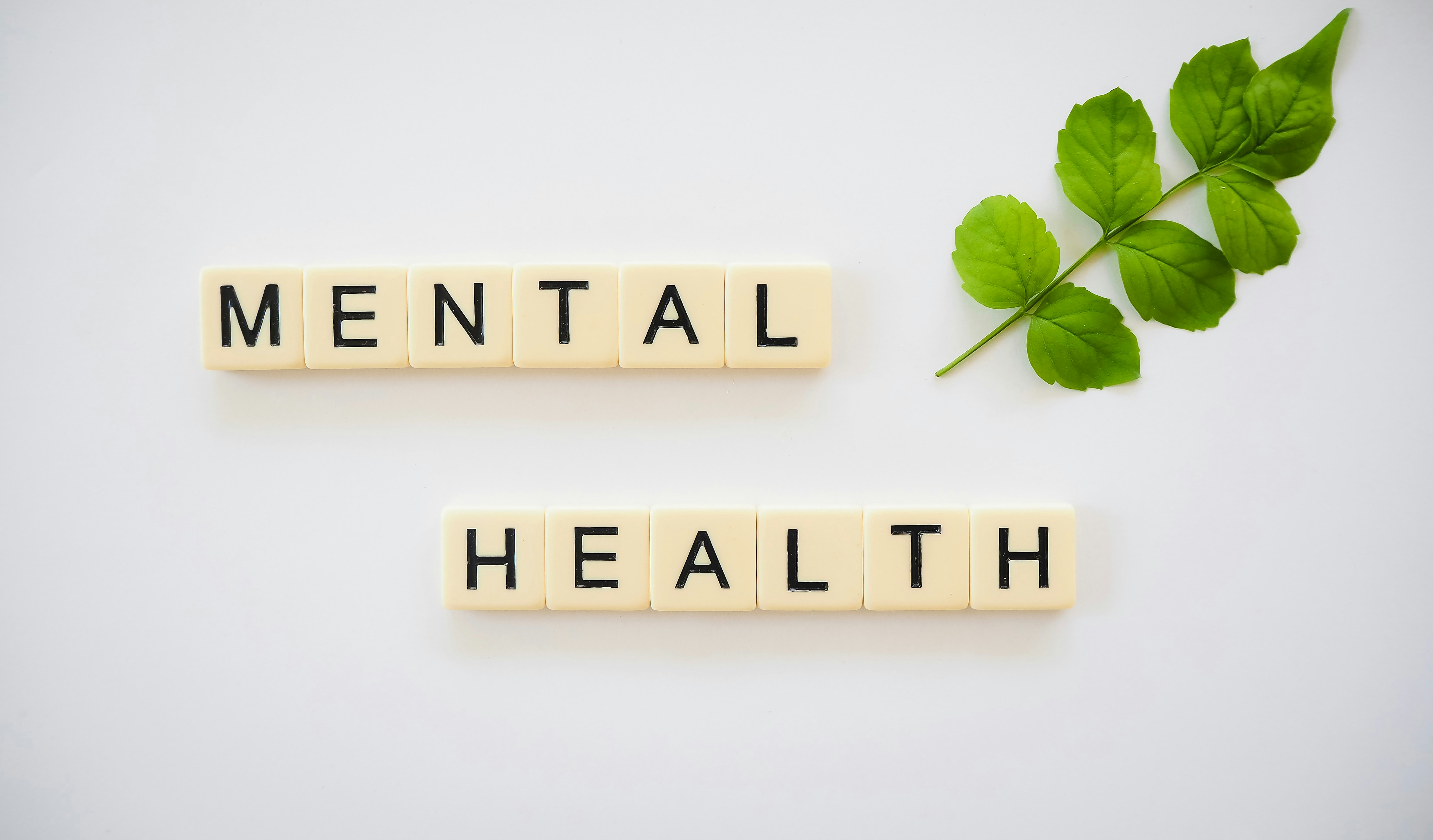
Various drugs are used to treat dysmorphia. Antidepressants![]() affecting serotonin are often used. These drugs are highly effective, showing a reduction in the intensity of symptoms and an apparent improvement in patients' quality of life. However, it should be remembered that waiting for the effects of pharmacotherapy requires patience, as clinical improvement occurs gradually. After achieving improvement, maintenance therapy is strongly recommended so that symptoms do not recur. Long-term pharmacotherapy is also helpful, but it can also cause side effects in some patients.
affecting serotonin are often used. These drugs are highly effective, showing a reduction in the intensity of symptoms and an apparent improvement in patients' quality of life. However, it should be remembered that waiting for the effects of pharmacotherapy requires patience, as clinical improvement occurs gradually. After achieving improvement, maintenance therapy is strongly recommended so that symptoms do not recur. Long-term pharmacotherapy is also helpful, but it can also cause side effects in some patients.
Modern treatments for disorders are constantly being developed, but more research is required regarding their effectiveness. Such methods include transcranial magnetic stimulation TMS![]() , the most widely used modern brain stimulation method. The current flow generates magnetic pulses, which, in turn, pass through the skull and induce a stimulating current that causes nerve cells to depolarize. This is a non-invasive and painless method of treating disorders. To date, this method has been used to treat depressive disorders. In the United States, this method is used most widely, and patients can count on funding from the insurance system.
, the most widely used modern brain stimulation method. The current flow generates magnetic pulses, which, in turn, pass through the skull and induce a stimulating current that causes nerve cells to depolarize. This is a non-invasive and painless method of treating disorders. To date, this method has been used to treat depressive disorders. In the United States, this method is used most widely, and patients can count on funding from the insurance system.
Dysmorphia is a type of mental disorder associated with an abnormal perception of body image. Patients suffering from body dysmorphic disorder experience negative and recurring thoughts about various parts of the body that they consider unattractive. This results in repetitive behaviors and deterioration of mood and self-esteem, affecting overall quality of life. There are various causes leading to body dysmorphia, and one of the main factors is socio-cultural influence.
Dysmorphia is diagnosed based on the DSM-5 criteria, which indicate the symptoms present. Young people and women more often suffer from dysmorphia. However, an increase in this type of disorder in men has also been noted in recent times, particularly in the form of muscle dysmorphia. Along with dysmorphia, other disorders can also be present, such as eating disorders. Dysmorphia is a condition that can be treated. Most commonly, various forms of psychotherapy and pharmacotherapy are used. There are also modern treatments for dysmorphia.
Table of Contents
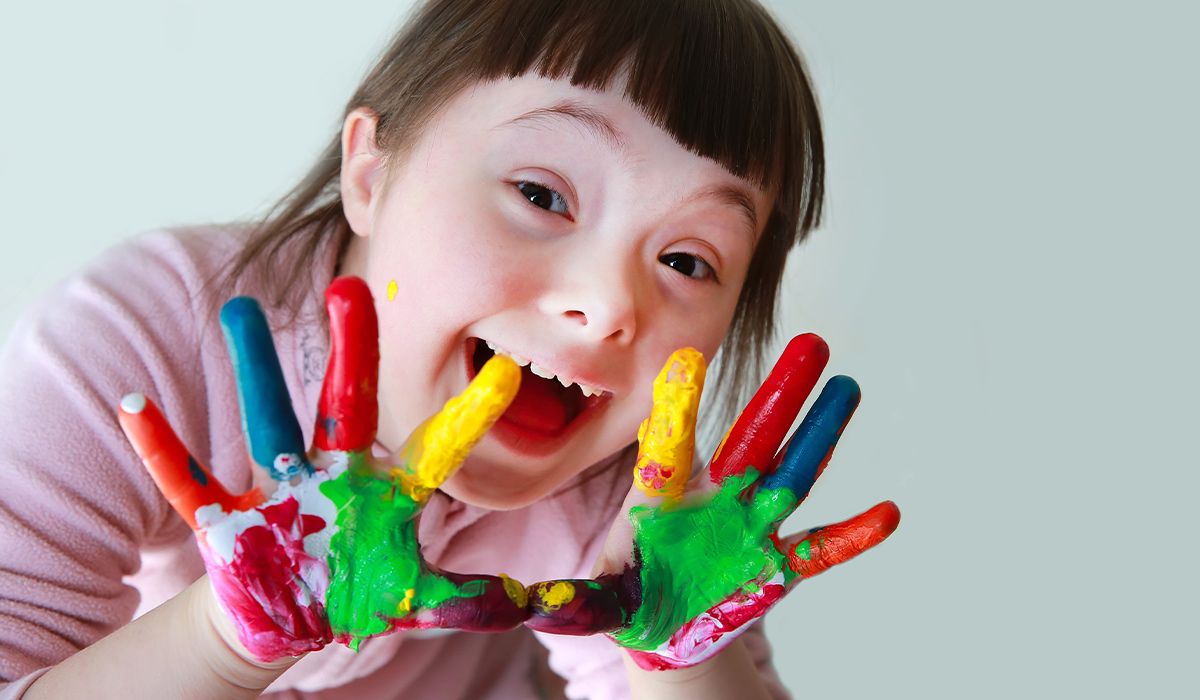
Down syndrome is a set of features that are the result of the presence of an extra chromosome 21 in… read more »

Mental health is the foundation of a good life. Learn strategies on how to improve your mental well-being. Create a… read more »
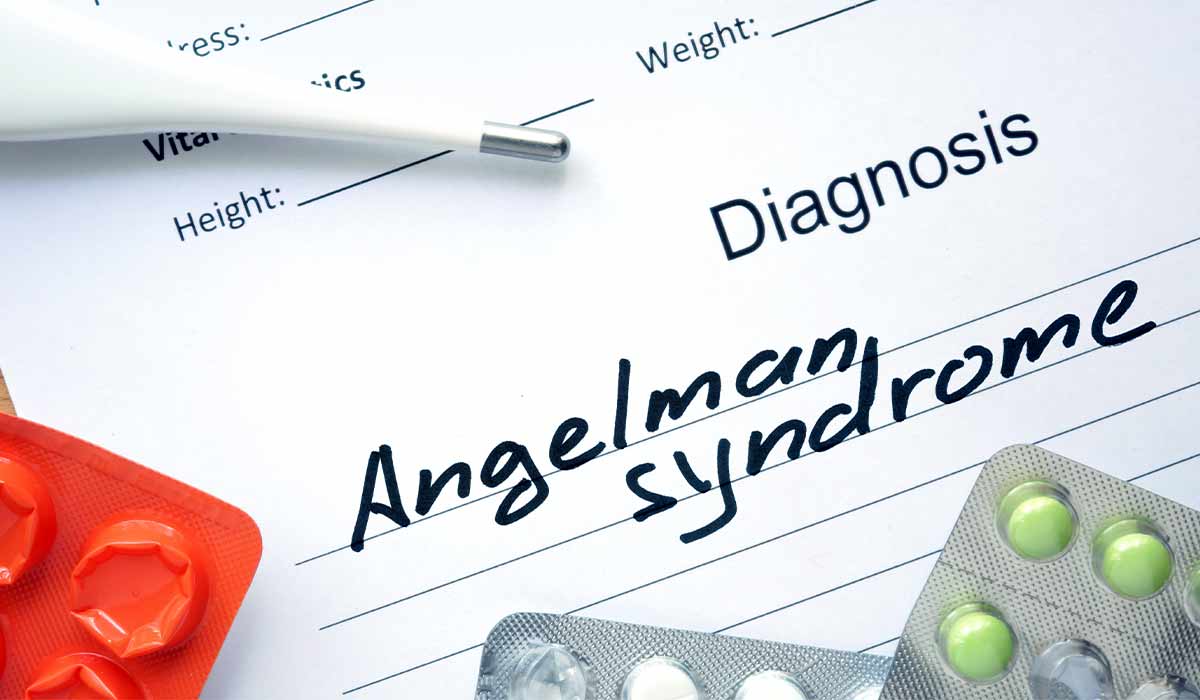
Angelman syndrome is a neurogenetic disorder that is often misdiagnosed. Find out what the characteristic symptoms are and learn about… read more »

Liposuction is a surgical procedure with the goal of getting rid of excess fat. Learn about the indications and contraindications… read more »
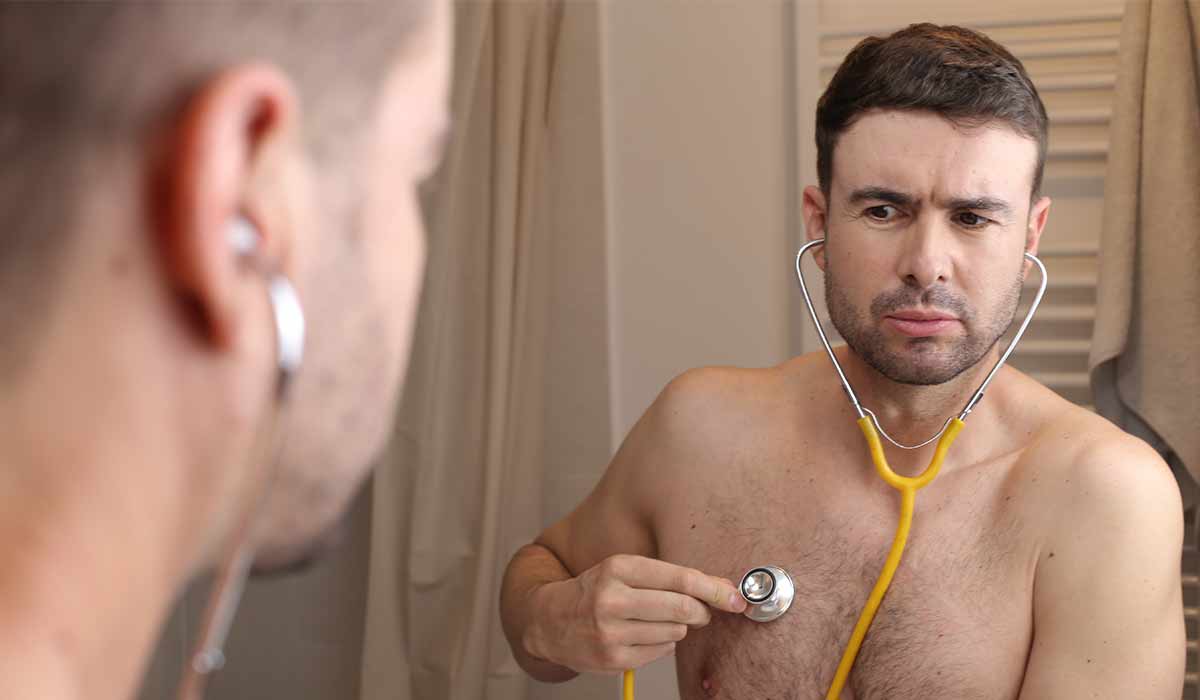
A hypochondriac is a person who is constantly looking for diseases and various health problems in themself. How is this… read more »
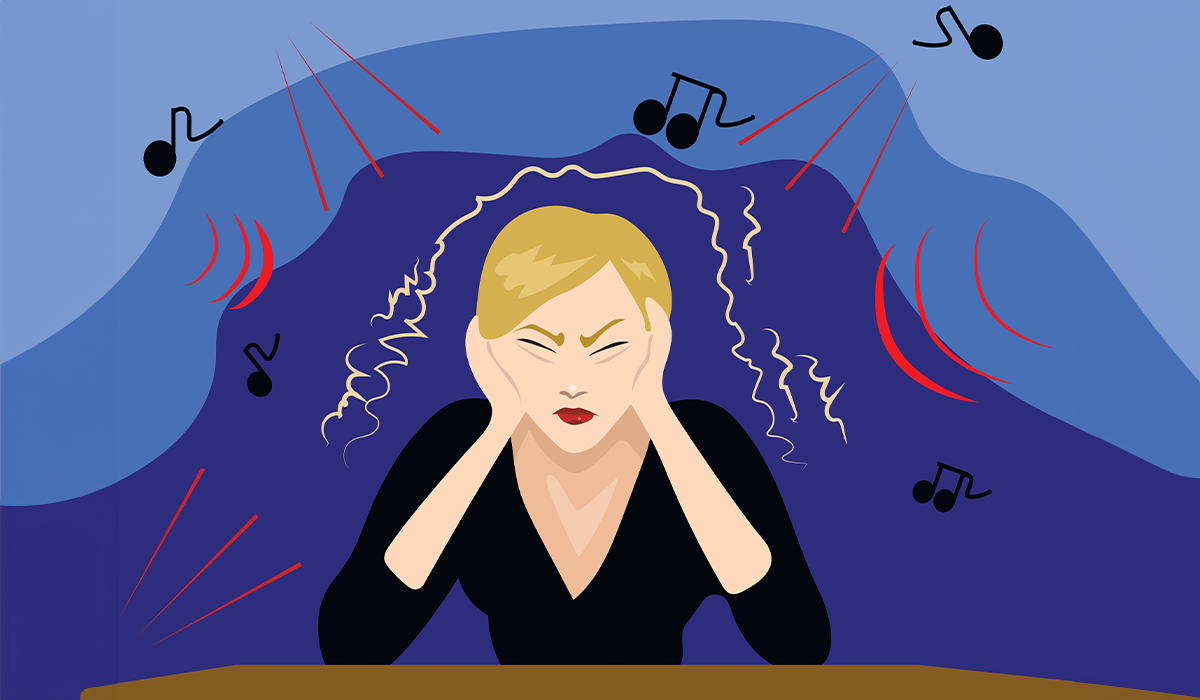
Misophonia is an inappropriately strong reaction to specific sounds. It occurs in many disorders. Learn about the meaning of misophonia… read more »
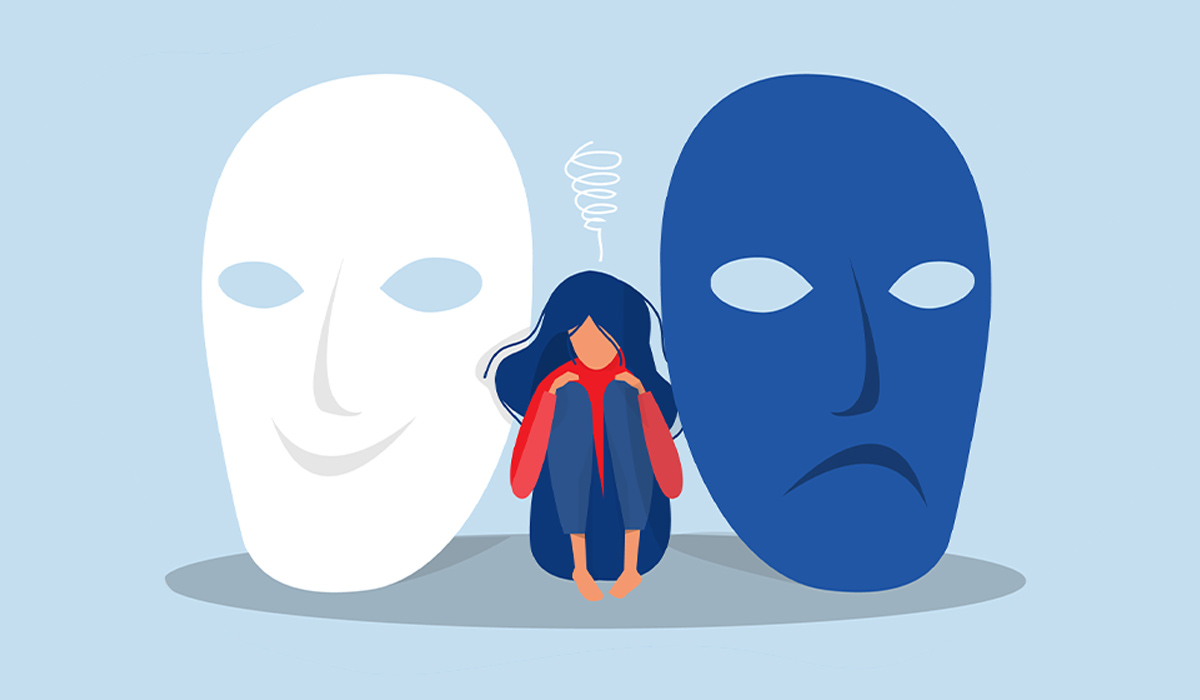
Bipolar disorder is a mental disorder characterized by the alternation of extremely different mental states – depression and mania. What… read more »

Do you know why Asperger's Syndrome is no longer diagnosed? The diagnostic criteria for many mental disorders were updated. Learn… read more »

Antisocial personality disorders are mental dysfunctions that result in abnormal behavior of the individual. What are the typical behaviors? read more »